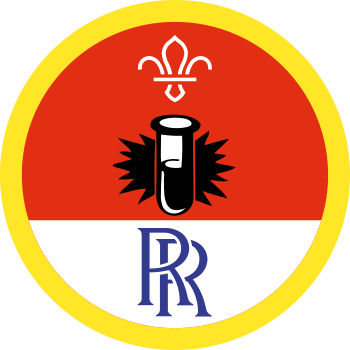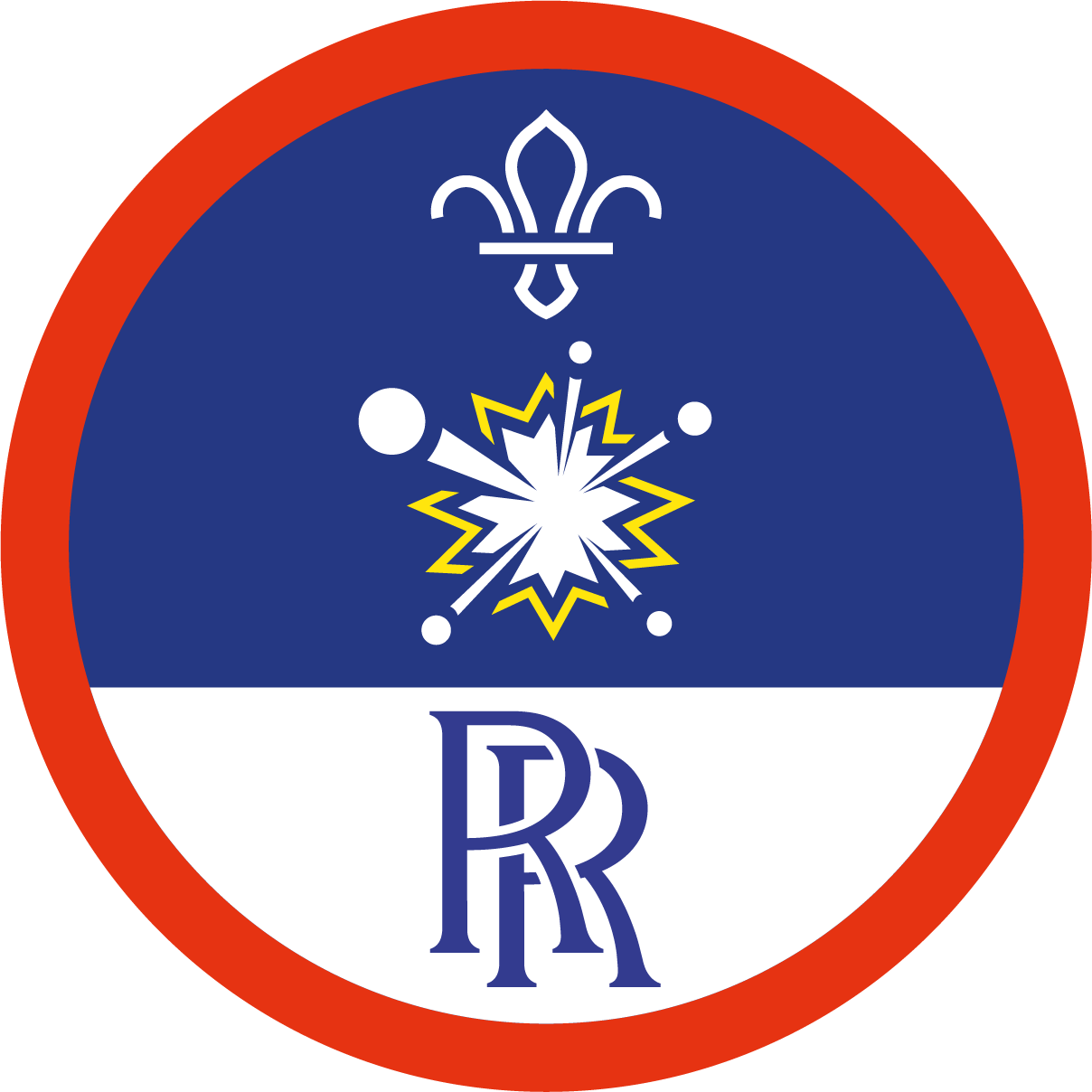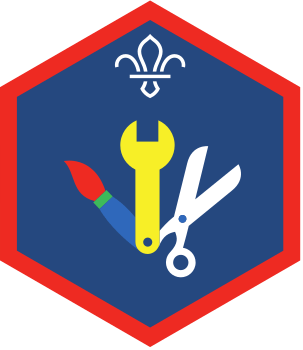Can the stain take the strain?
You’ll need
- Tables
- Chairs
- Pens or pencils
- A4 paper
- Four items of old, unwanted clothing, or large scraps of fabric
- Potential stains
- Potential stain removers
- Potential stain-removing equipment
- Small containers (for equipment and potential stain removers)
- Rubber gloves, if needed
- Buckets of water, one per group
Stains, removers and equipment
- Potential stains: chocolate, coffee, berries, butter, tomato sauce, oven grease, blackcurrant, grass and ink.
- Potential stain removers: detergent, lemon juice, washing-up liquid, bicarbonate of soda, white vinegar, corn starch, hot and cold water and cola.
- Potential stain-removing equipment: old toothbrushes, kitchen towel, scrubbing brushes, brillo pads and sponges.
It’s time to experiment and discover how easy it is to remove stains from fabric. In four small groups, work together to mix and create stain removers using a variety of different materials and compare with the other teams at the end to see what worked best.
Tomato sauce
To clean a tomato sauce stain on clothing, scrape away any solid remains and blot wet sauce with a cloth. Soak the stain in cold water for five minutes and, with a spare toothbrush, scrub it gently with laundry detergent. Rinse off with warm water.
Grease
As soon as the stain occurs, use a generous amount of baking soda or corn-starch to cover and absorb the stain. Let the powder sit for two to three minutes, then remove it. Place a small drop of dish soap on the affected area and gently dab with a wet paper towel.
Berry juice
Treat berry stains with equal parts dishwashing liquid and white vinegar. Rub the mixture on, and leave it in to soak for a few minutes. Rinse it off with warm water.
Chocolate
Remove any remaining chunks of chocolate. Use cold water to rinse the stain. Then rub liquid laundry detergent or liquid dish soap into the area. Allow the fabric to sit for a moment or two, then soak it in cold water for a few minutes. Loosen up the stain by rubbing it with your finger and rinse until the stain is gone.
Coffee
Rub liquid laundry detergent and a little cold water into the coffee stain. Allow to soak for a few minutes and rinse off with warm water.
Butter
Rub dishwashing soap into the stain. Because dishwashing soaps are designed to deal with the fatty, greasy food products that build up on pots, pans and plates, they’re also a good way to deal with butter when it gets on clothing. Dampen the stained area with lukewarm water. Apply a small amount of dishwashing soap to the stain. Rub at the stain gently with your fingers, making sure to spread the soap throughout the stained fabric.
Grass Stains
Soak the stain for 15 minutes in a solution of two parts water to one part white vinegar. Take a clean white rag and gently dab the stain. Hand wash and scrub the stain in enzyme-based laundry detergent. The enzymes will help lift the protein off of the fabric. Repeat as necessary until all the stains are gone.
Ink
Apply nail polish remover onto the stain with cotton wool pad firmly and rinse off with water. Repeat this until the stain has gone. If it doesn’t work try it with shaving foam.
Create your stains
- Get hold of four items of clothing or fabric that can be stained. These should be items that are unwanted, as the stains may not be removed.
- Stain the four items of clothing with six different stains. Each garment should have the same stains in the same quantities. Make a note of each stain and give it a number.
- Get together your potential stains, stain-removers and stain-removing equipment. You could use those listed above or find your own, so long as they’re suitable and safe for young people to work with. Bring some gloves if working with substances with high acidity (such as vinegar).
- Set up tables and chairs for four groups and one for equipment. Put stain-removers and stain-removing equipment in the small containers where they can be easily reached by everyone. Put pens or pencils and some paper on each group’s table.
Remove the stains
- Everyone should get into four groups and get around one of the group tables. Give each group a stained item of clothing and let them examine the stains for a moment.
- Explain that their task is to remove one stain at a time from the fabric, starting from stain number one and using equipment and stain-removers from the equipment table. Allow groups to discuss what they should use to tackle it and write down what they think the stain is and what they’re going to do to it. Make clear that groups may only use a maximum of two equipment items per stain.
- One person from each group should come up to the equipment table, pick up the agreed-upon item(s) of equipment and stain-remover(s) to bring back to their table. They should now try to remove the stain. Give everyone a few minutes.
- When everyone’s had a go at the first stain, continue in this way for the remaining five stains. Groups should take turns to collect equipment and remove stains. For each stain, groups should write down what method they tried beside the number of that stain, so that everyone’s results can be compared.
- When all the stains have been attempted, everyone should come together to compare their items of clothing to see whose stain-removal methods were the most effective. Everyone should discuss what equipment and stain-removers worked well for them and which didn’t. Share and discuss with everyone the information below on removing stains at home, to take away with them.
Reflection
Talk through the stain removal hacks with everyone and discuss how they compare to what was tried. Did anyone instinctively know which stain-remover or piece of equipment to apply to which stain? Why is it useful to know which products work best or fastest, instead of just putting the stained clothes in the washing machine?
Groups shared tasks as they tried to get rid of the stains. Did you rotate responsibilities, or have your super scrubbers and stain scientists stick to their tasks?
Safety
All activities must be safely managed. You must complete a thorough risk assessment and take appropriate steps to reduce risk. Use the safety checklist to help you plan and risk assess your activity. Always get approval for the activity, and have suitable supervision and an InTouch process.
- Science
Supervise young people, and only do science activities that are advised and age appropriate for your section. Test activities first, to make sure you’re confident you can lead them safely. Use protective clothing where necessary.
- Water games and activities
Be careful when doing activities with, in, or near water. Check surfaces and reduce the risk of slipping where possible. Make sure you have appropriate supervision for this activity.
- Chemicals
This task involves the use of potentially harmful fluids or chemicals. Make sure you follow all relevant safety guidance. Make sure you dispose of them appropriately too, in line with safety guidance.
- Food
Remember to check for allergies, eating problems, fasting or dietary requirements and adjust the recipe as needed. Make sure you’ve suitable areas for storing and preparing food and avoid cross contamination of different foods. Take a look at our guidance on food safety and hygiene.
Increase or decrease the challenge by introducing more or less stains, stain-removers or equipment.
Those with sensitive skin and those who wish to wear protection should have some rubber gloves available.
All Scout activities should be inclusive and accessible.
Make your own laundry detergent(s) for specific kinds of stains. See if you can make an alternative to ordinary detergent that’s more natural and eco-friendly.
Young people were free to choose whatever method they thought best to remove the stains. They could also bring along equipment or stain-removers they think work well.




